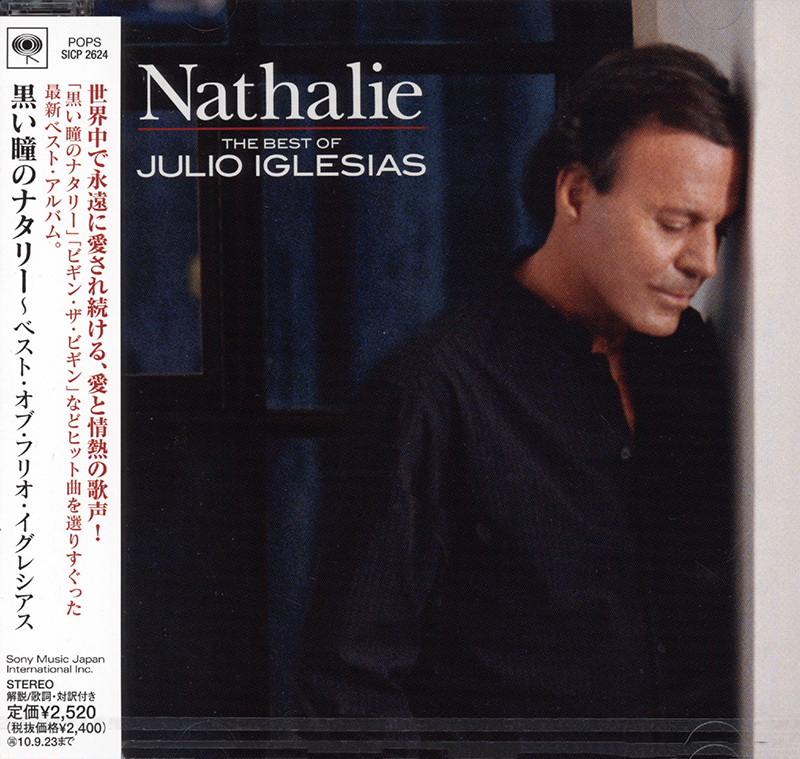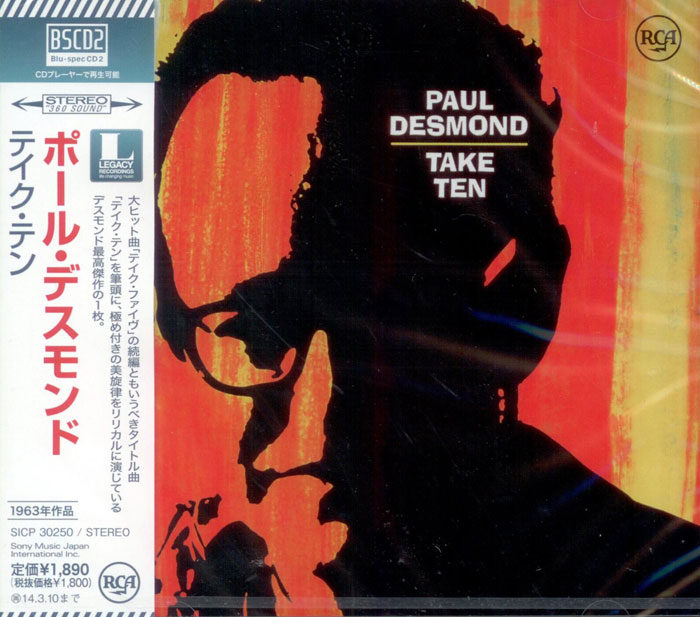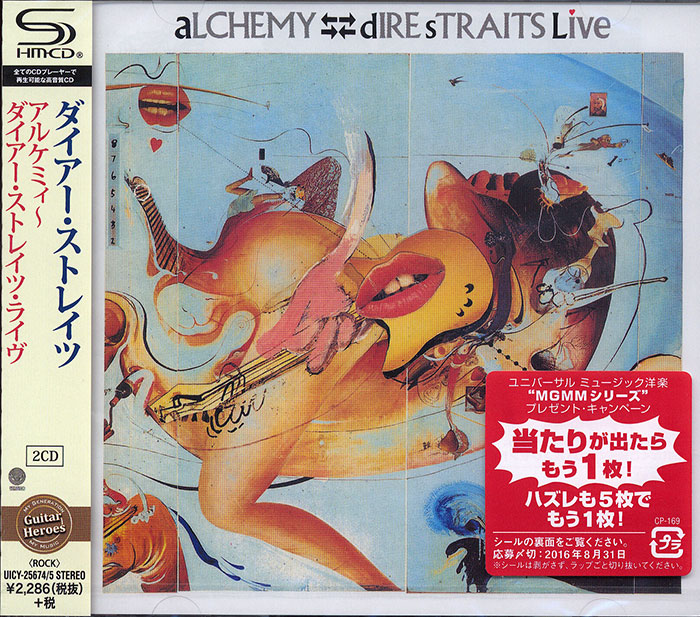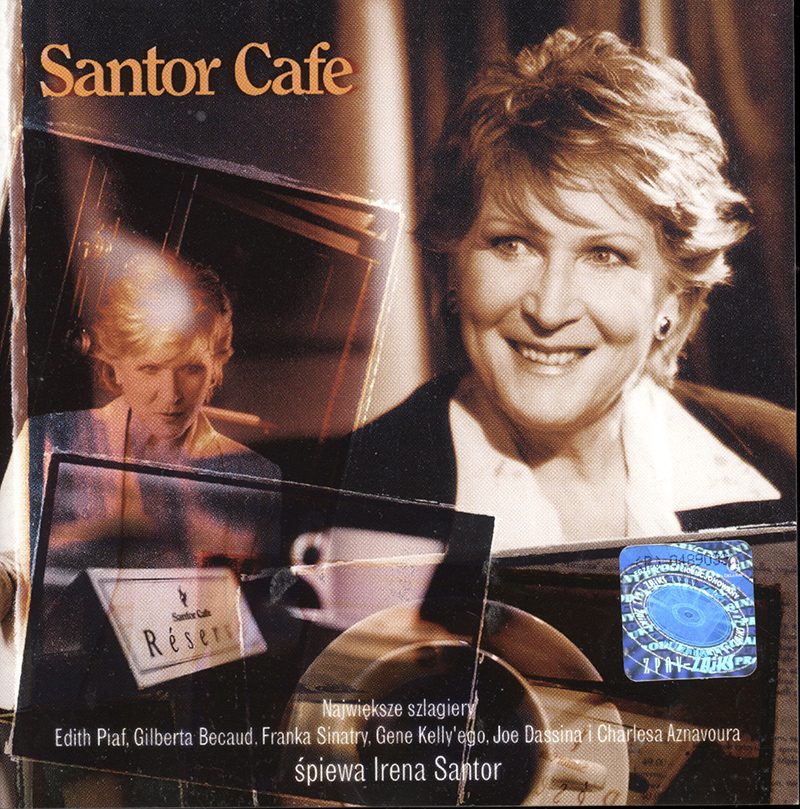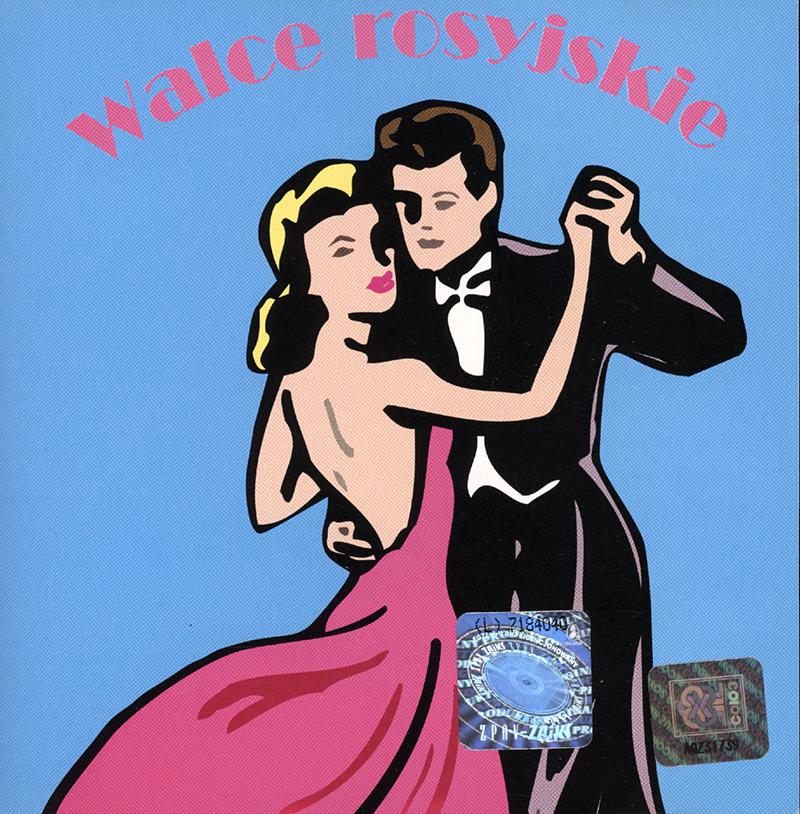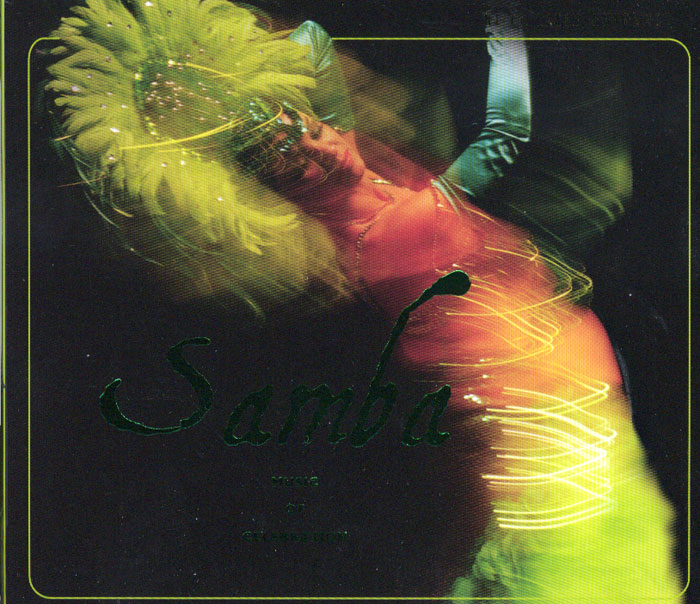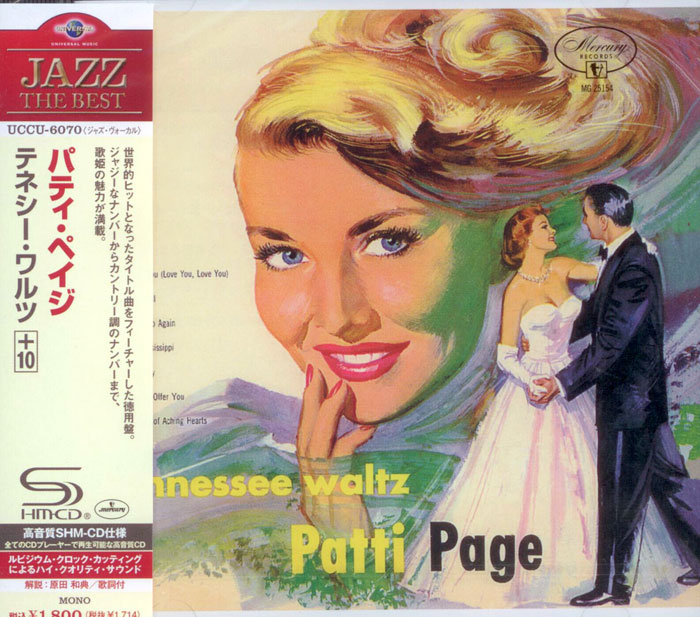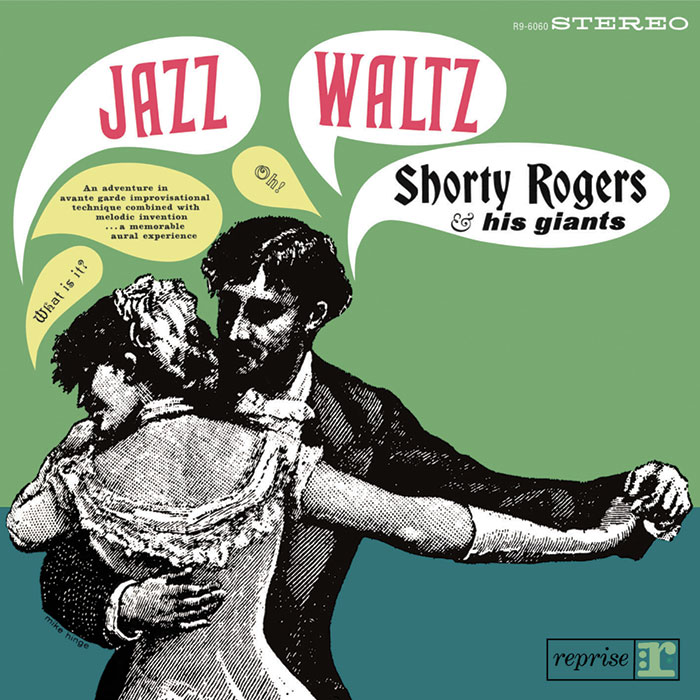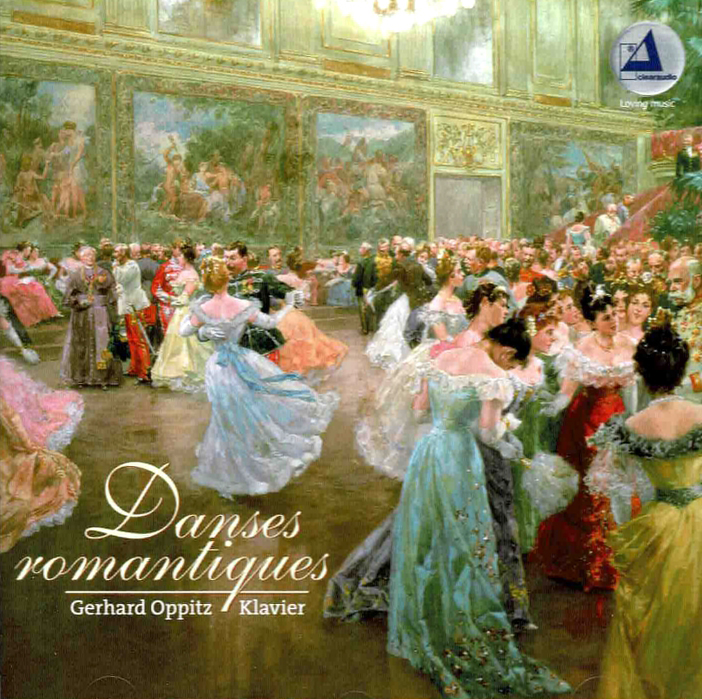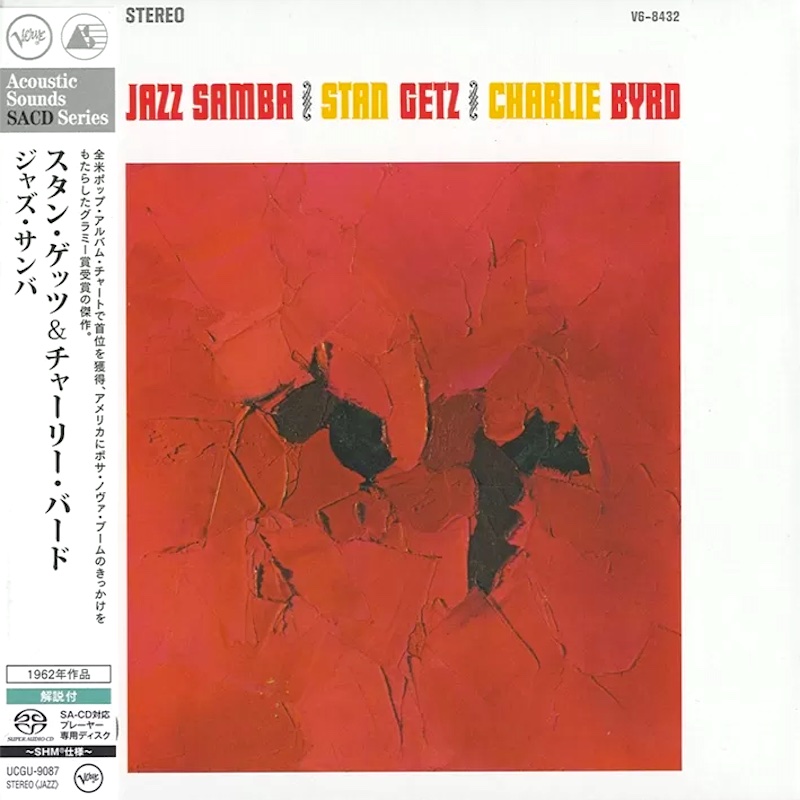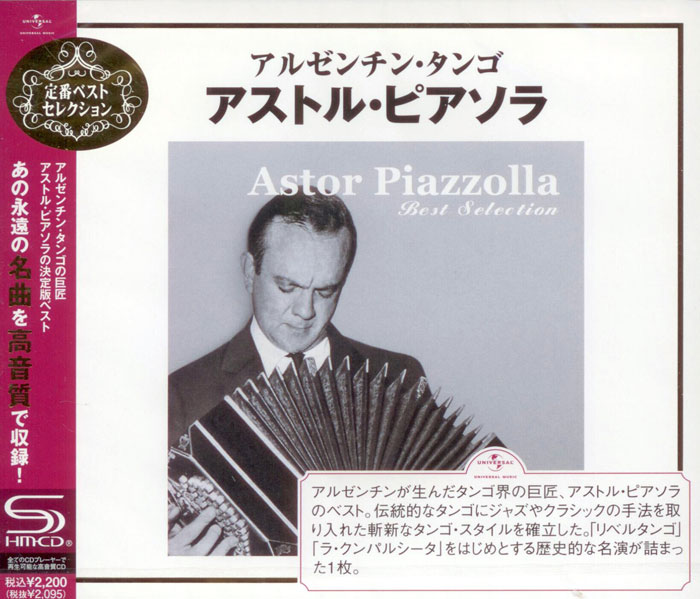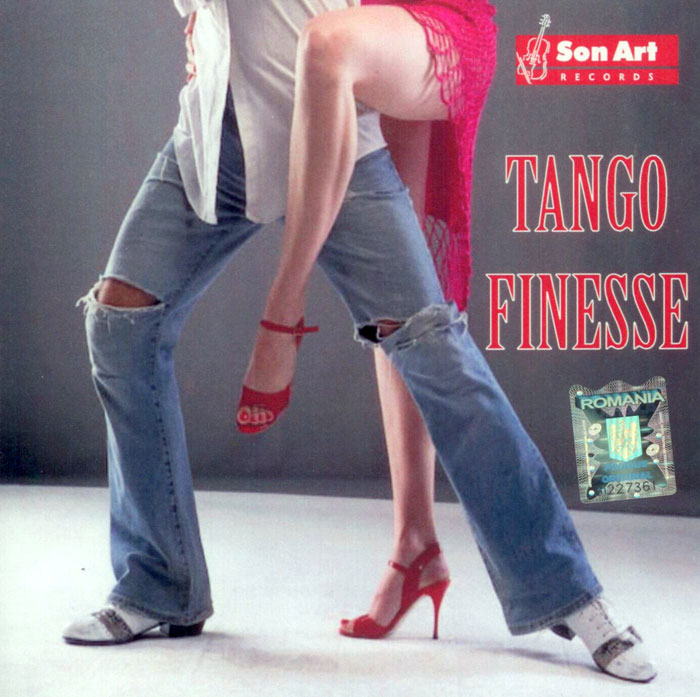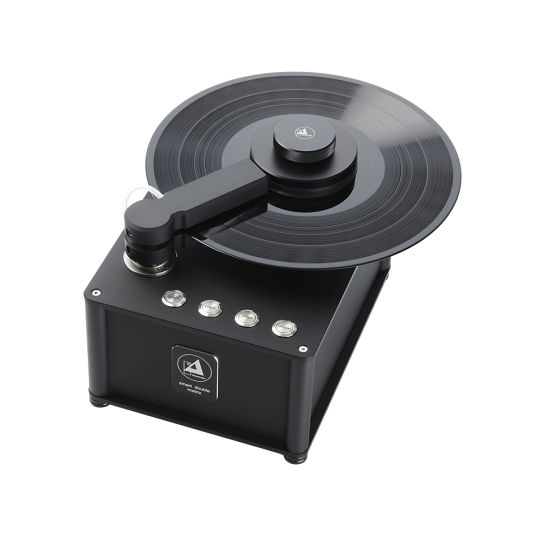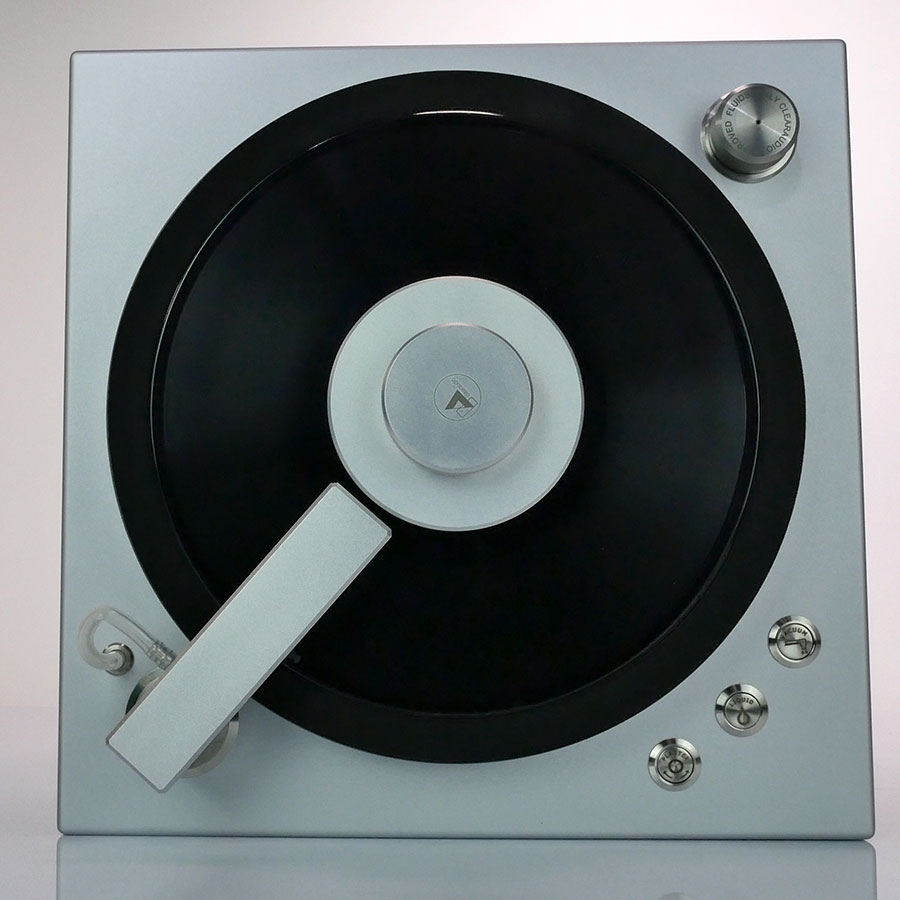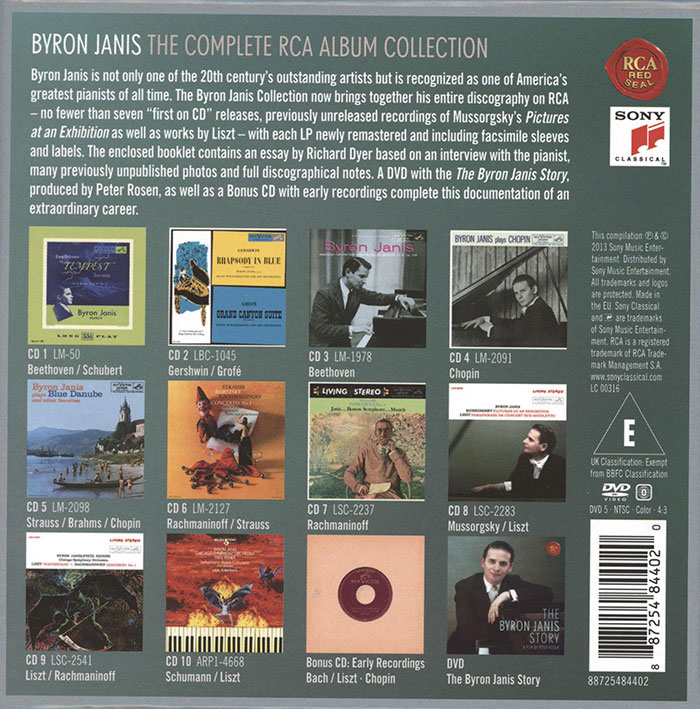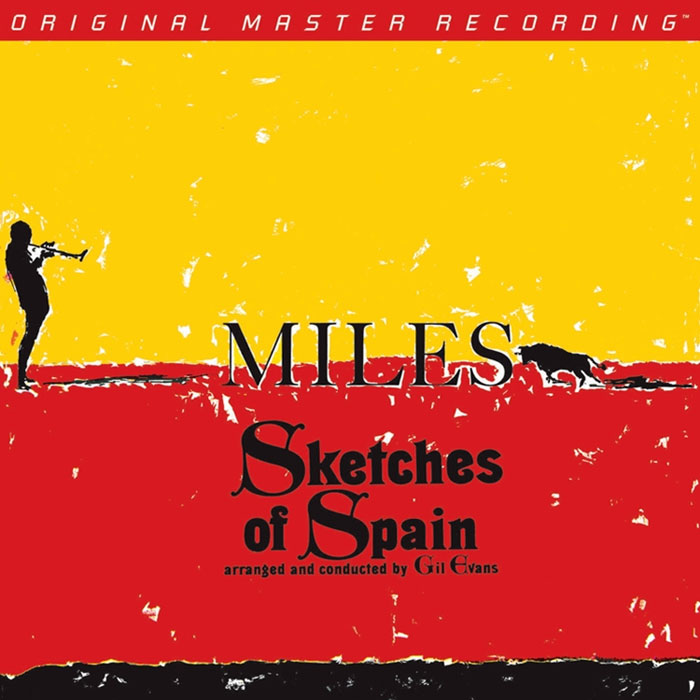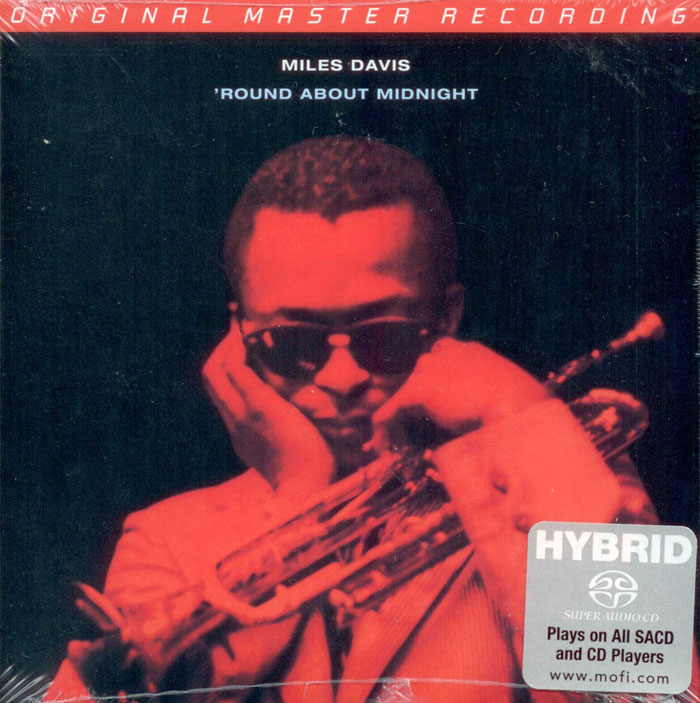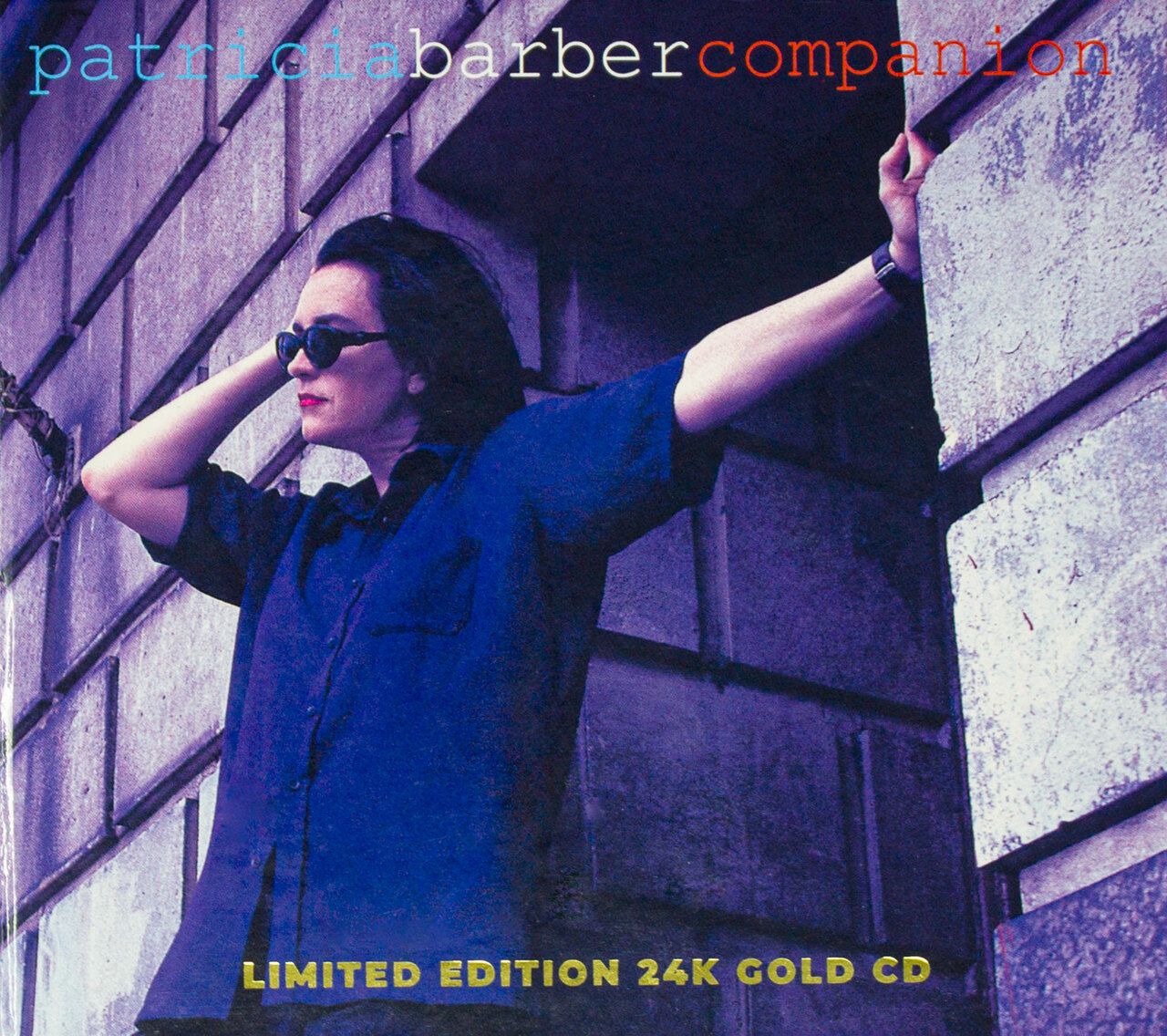Logowanie
Mikołaj - ten to ma gest!
Elton John, The Mamas & The Papas, Cat Stevens, Rod Stewart, Bobbie Gentry, Stevie Wonder, Engelbert Humperdinck
Memory Lane
Edycja Numerowana - 1000 egzemplarzy w skali światowej
RACHMANINOV, Eiji Oue, Minnesota Orchestra
Symphonic Dances / Vocalise
Best Recordings of 2001!!! NAJCZĘŚCIEJ KUPOWANA PŁYTA Z RR!
Karnawał czas zacząć!
Music of Love - Hi-Fi Latin Rhythms
Samba : Music of Celebration
AUDIOPHILE 24BIT RECORDING AND MASTERING
CHOPIN, LISZT, DEBUSSY, DVORAK, Gerhard Oppitz
Dances romantiques - A fantastic Notturno
Wzorcowa jakość audiofilska z Clearaudio
Winylowy niezbędnik
ClearAudio
Double Matrix Professional - Sonic
najbardziej inteligentna i skuteczna pralka do płyt winylowych wszelkiego typu - całkowicie automatyczna
BEETHOVEN, CHOPIN, RACHMANINOV, LISZT, Byron Janis, Fritz Reiner
The Complete RCA Album Collection
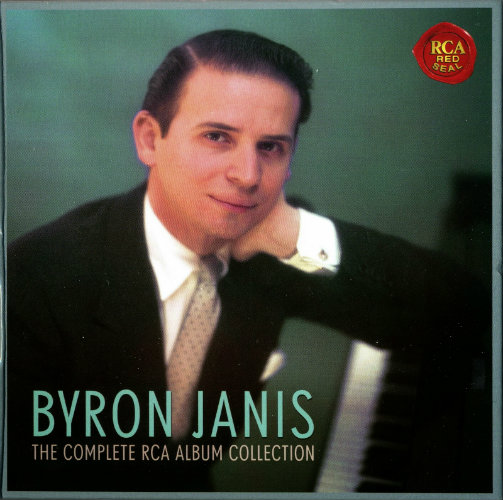
- Byron Janis - piano
- Fritz Reiner - conductor
- BEETHOVEN
- CHOPIN
- RACHMANINOV
- LISZT
SKARBY EPOKI ANALOGOWEJ
AllMusic Review by Blair Sanderson [-] From 1947 to 1959, the brilliant American pianist Byron Janis created an impressive, if small, legacy of recordings for RCA. While his later albums on Mercury and EMI were eventually released on CD, most of the RCA recordings languished on vinyl, only to appear on disc with this 2013 box set. Sony has remastered these albums as part of its ongoing "Original Jacket" reissues of legendary Columbia and RCA recordings, and the compilation includes ten CDs in cardboard sleeves featuring the original album covers, a bonus disc of early recordings of Bach and Chopin, and a DVD of the film by Peter Rosen, The Byron Janis Story. The first-time appearance of Janis' recording of Mussorgsky's Pictures at an Exhibition is a must for collectors, and fans will take special delight in the powerful performances of Rachmaninov's concertos and Liszt's Totentanz. However, they should carefully note that while this box contains Janis' complete RCA albums, it does not include every recording he ever made for the label. His recordings of Liszt's Consolation No. 5 in E major and the Sonetto 104 del Petrarca were released on Philips' Great Pianists of the 20th Century, Vol. 50, so completists have a little extra searching in store. However, most listeners who become enthralled by Janis' spectacular playing of Romantic masterpieces will find this set more than adequate and a bargain at the low price. ++++++++++++++ Coinciding with Byron Janis’ 85th birthday in March 2013, Sony has compiled a complete album collection encompassing the pianist’s RCA Victor recordings, which date from 1947 to 1959. Individual volumes replicate original LP contents and artwork, along with one CD devoted to Janis’ 1947 78-rpm singles, and another featuring a previously unissued Mussorgsky Pictures at an Exhibition. However, this collection is not quite “complete”. The booklet notes acknowledge the absence of Chopin’s Nocturne Op. 27 No. 2 (originally released on the 1956 “Byron Janis Plays Chopin” LP) without further explanation. Furthermore, the collection only includes one out of three 1957 Liszt selections (the Rigoletto Paraphrase) published for the first time in Philips’ Great Pianists series. Why these omissions? In any event, the recordings certainly uphold Janis’ youthful reputation as one of the most exciting and dynamic American pianists to have emerged on the post-war scene. Listen to the 19-year-old Janis in 1947 shape the A minor Bach/Liszt Prelude and Fugue with a wide dynamic palette and intelligently contoured contrapuntal lines. Janis’ first Chopin “Black Key” etude traversal evokes his mentor Vladimir Horowitz in that both pianists are among the very few to take the final descending octave peroration in strict tempo (easier said than done!). But the E major Op. 10 No. 3 Etude convinces less, with its slightly fast and glib central section, and the minor chords of measures 30-31 and 34-35 rendered in major. For his first LP, Janis chose Beethoven’s “Tempest” sonata and Schubert’s E-flat Impromptu. These bracing, virile interpretations sound as fresh and modern today as they must have 60-plus years ago. Two Beethoven sonata performances are new to CD. The Waldstein’s Rondo movement and opening Allegro con brio stem from 1955 sessions held in EMI’s Abbey Road studio, while the Introduction leading into the Rondo was recorded in 1956 at New Work’s Webster Hall. The differences in both ambience and instrument are readily apparent, but not disturbing. Janis bypasses the first movement’s exposition repeat and slightly sentimentalizes the second subject. But the Rondo is both limpid and incisive. Although the booklet notes indicate that Janis takes the coda’s rapid descending octaves articulated from the wrist, they still manage to sound like octave glissandos. If anything, the opaque “ping” characterizing early 1950s mono EMI solo piano sessions from Abbey Road is more noticeable in the Op. 109 sonata. Out of curiosity I listened to Janis’ version alongside three other mono Op. 109s from Abbey Road by Solomon, Myra Hess, and Walter Gieseking. Janis matches Hess and Solomon’s graceful simplicity in the fantasia-like first movement, but underplays the Prestissimo. He digs deepest in the third-movement theme and variations, interweaving the sections with assiduously unified tempo relationships and applying subtle dynamic gradations and textural balances that especially tell in the long chains of trills. The C-sharp minor Scherzo’s controlled ferocity stands out among the excellent 1956 solo Chopin selections. For the most part Janis allows Pictures at an Exhibition’s stark pianistic language to speak for itself, although he adds a few discreet octave reinforcements here and there, while reiterating sustained notes and filling in chords throughout The Great Gate at Kiev. He also emulates Ravel’s orchestration by eliminating the Promenade preceding The Market Place at Limoges. Back in the 1950s it was fashionable to play Gershwin’s Rhapsody in Blue with Ferde Grofé’s saccharine textual emendations, but Janis’ stylistic flair and digital prowess compensates. Janis also sails through his childhood teacher Josef Lhevinne’s signature piece, the Strauss/Schulz-Evler “Blue Danube”, with comparable aplomb and apparent lack of effort. Steel-edged articulation, nervous energy, and gauntly singing lines characterize Liszt’s Totentanz, Strauss’ Burleske (sound clip), and the Rachmaninov First and Third concertos. The Reiner-led Rachmaninov First’s coiled objectivity and stellar orchestral framework set reference standards in its day, yet Janis’ Mercury remake with Kondrashin boasts sharper, more organic tempo contrasts and even greater pianistic bravura (compare both recordings’ first-movement cadenzas and you’ll hear what I mean). During the 1960s, critical consensus favored Janis’ Mercury Rachmaninov Third with Antal Dorati and the London Symphony Orchestra over the 1957 Charles Munch/Boston Symphony version. Although the remake displays more sophisticated soloist/ensemble dovetailing a tauter, more astringent orchestral sonority, there’s something to be said for the BSO’s tonal heft and unusually prominent, even pugnacious brass section. In both recordings, by the way, Janis observes the once-frequent, now frowned-upon third-movement cut from two bars after rehearsal number 52 up to rehearsal number 54, and wisely opts for the faster, lighter first-movement cadenza favored by Horowitz, Argerich, and the composer himself. The Schumann concerto collaboration with Reiner makes its CD debut here. Although recorded in 1959, it was not released at the time in deference to Van Cliburn’s own Reiner-led version. Given Cliburn’s status as a hero and classical bestseller, RCA Victor basically lost interest in Janis, who in turn left the label and accepted an offer from Mercury. Eventually the Janis/Reiner Schumann came out on a limited edition fundraiser LP, and later on in RCA’s half-speed audiophile LP series. The performance’s unusual features include a brisk and forthright central Andantino grazioso that refuses to milk the big C major tune (although I prefer Janis’ slightly slower and warmer Mercury remake), and a relaxed finale where the solo piano’s unceasing sequences and cross-rhythms have plenty of room to sing and speak. Shall we assume that the legendary Ray Still is responsible for the gorgeous-beyond-belief first-movement oboe solos? Lastly, a bonus DVD presents Peter Rosen’s documentary film The Byron Janis Story. Janis speaks candidly about his long career, his continuing struggles with arthritis, and how he has overcome both physical and emotional adversity. Indeed, Janis is open to the point of allowing the cameras into his hospital room following hand surgery. In all, it’s good to have Janis’ small yet significant body of work for RCA Victor assembled in one place and well restored, notwithstanding the questionable omissions mentioned earlier. – Jed Distler, ClassicsToday.com


